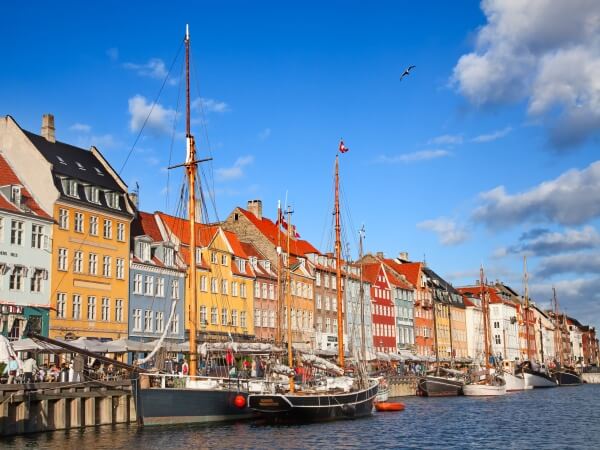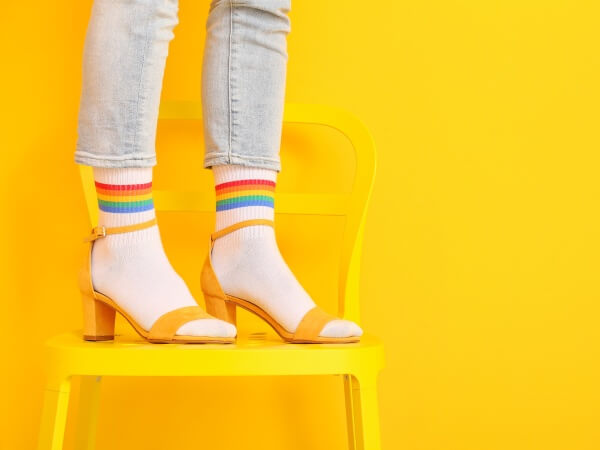Denmark
The Region Denmark
Smallest of the Scandinavian countries (half the size of Maine), Denmark occupies the Jutland peninsula, a lowland area. The country also consists of several islands in the Baltic Sea; the two largest are Sjlland, the site of Copenhagen, and Fyn.
Denmark's terrain is mostly flat, with gently rolling hills. During the Ice Age, glaciers moved slowly across the landmass and shaped the country that exists today. Denmark has a long coastline with many lagoons, gulfs, and inlets. No part of Denmark is more than 32 miles (67 kilometers) from the sea.
Although Denmark is in northern Europe, the warm waters of the Gulf Stream make the climate mild.
Cultural Artifact of Denmark
In 1853 Bing & Grondahl, who were figurine makers for the Royal Danish Porcelain Factory began to produce biscuit porcelain figurines modeled on the neoclassical sculptures of Bertel Thorvaldsen. In 1895 they created the first in their series of Christmas plates. Designed with a traditional winter scene in cobalt blue and white, the plates have been released annually for more than 100 years. the trademark back stamp for (B & G) porcelains is the three towers derived from the Coat of Arms of Copenhagen. In 1987 the company merged with its primary competitor, the Royal Porcelain Factory under the name Royal Copenhagen.
Regional Fun Fact
Jumping into the New Year - If you plan to spend New Year's Eve in Denmark, don't be alarmed when you see Danes standing on chairs just before midnight. It's not because we're drunk (though we might be), it's simply an old tradition that we jump into the new year as the clock strikes 12.
And it is vital that we do it too, because it's supposed to bring bad luck for the entire new year if you forget to jump at midnight. (Though you might also say it's not exactly good luck if you end up falling on your face as you try to jump off the chair - not that any of us have tried anything so embarrassing...)




